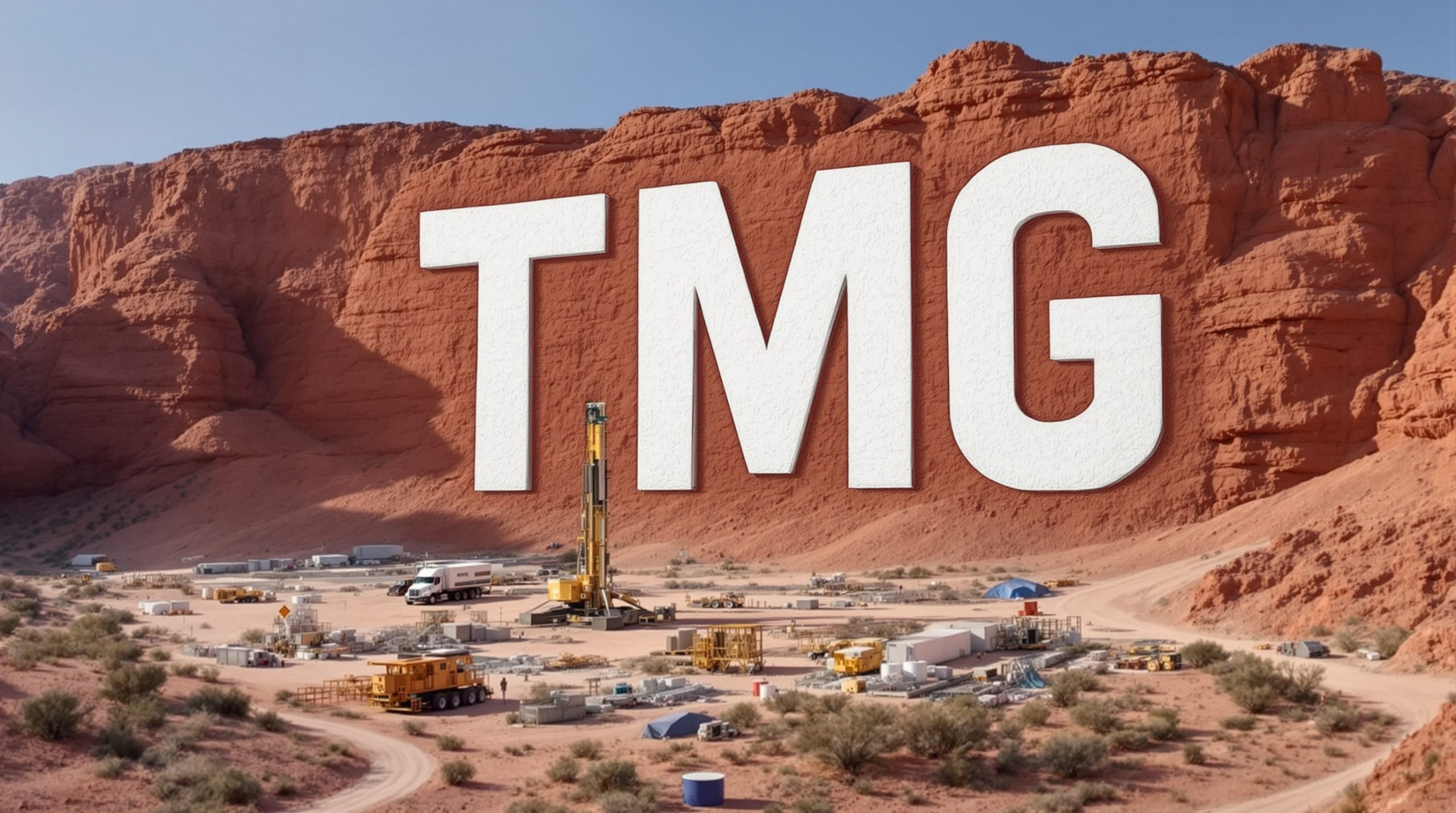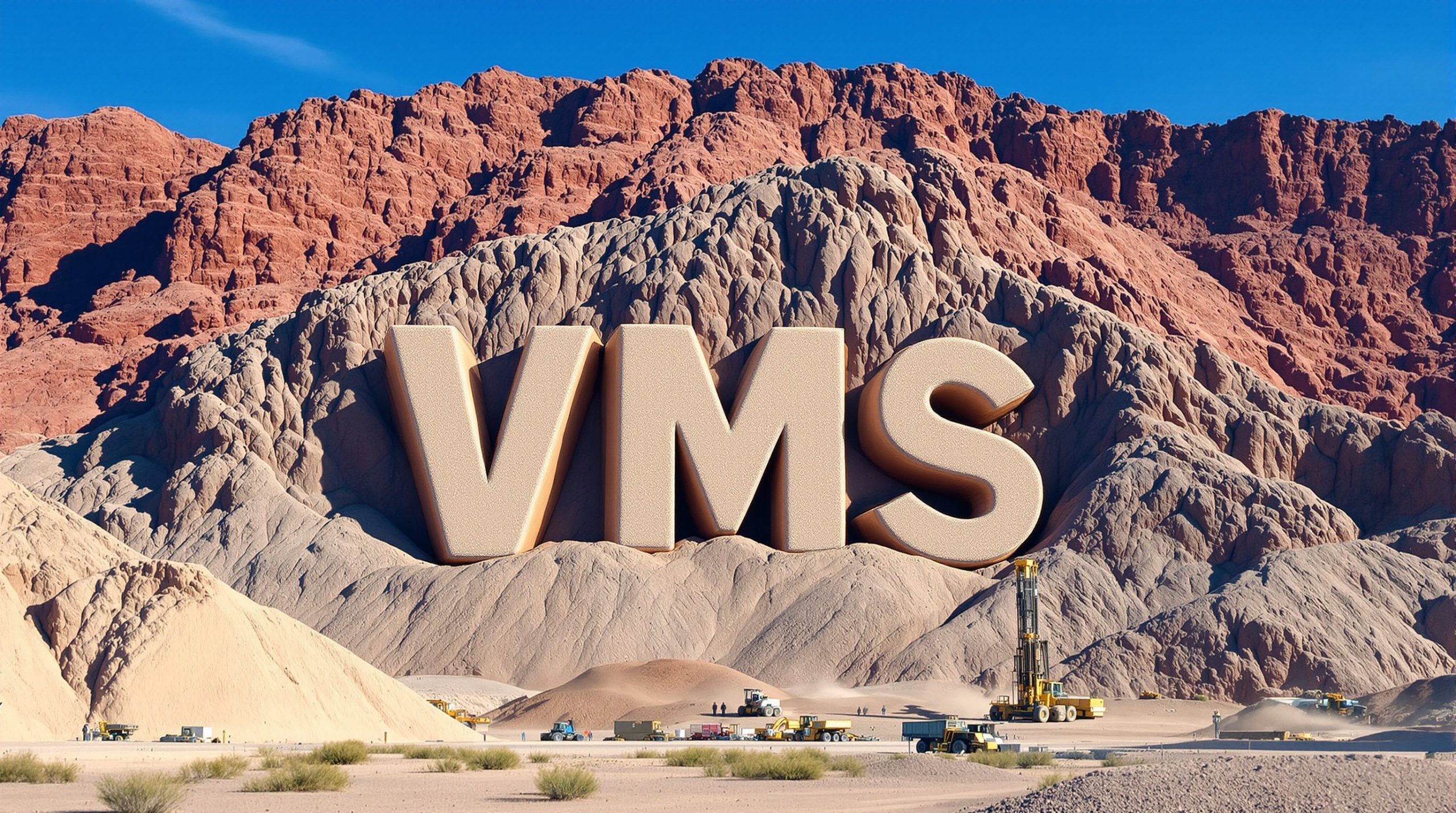First Systematic Exploration Reveals Multiple Gold Targets
Sarama Resources (ASX:SRR, TSX-V:SWA) has successfully delineated extensive gold-in-soil anomalism at its Cosmo Gold Project in Western Australia's highly prospective Laverton Gold District. This significant discovery establishes multiple gold trends in Sarama Resources extending approximately 45km in aggregate strike length.
The results stem from the first significant and systematic exploration program conducted on the 580km² project area, which hosts a greenstone belt with over 50km of strike length. The program has successfully identified 8 key prospect areas featuring extensive gold-in-soil anomalism with individual trends extending up to 7km in length and footprints reaching 1.8km in width.
Peak soil sample values of 94ppb Au were returned within prospective litho-structural settings, highlighting the potential of this underexplored greenstone belt where gold was first discovered in the 1890s.
"We are very encouraged by these early results, which represent a strong start to our exploration at the Cosmo Gold Project," said Sarama's Executive Chairman, Andrew Dinning. "The scale and number of gold anomalies highlight the Project's potential and aligns well with our broader strategy to unlock value across our 1,000km² landholding in the highly prospective Laverton Gold District."
Key Gold Trends Identified
The soil geochemistry survey has successfully outlined several significant anomalous zones, establishing promising gold trends in Sarama Resources' Cosmo Project:
| Prospect Area | Key Features | Strike Length | Peak Values |
|---|---|---|---|
| Ironbar | Two intersecting trends near Sefton Shear Zone | 3.8km & 2.0km | 20ppb Au |
| Warrior-Rockatansky-Pappagallo | NW-trending zones coincident with Sefton Shear | ~7km | 94ppb Au |
| Cheedo-Humungus-Zanetti | Two main trends in complex regolith | ~7km | 80ppb Au |
| Toecutter | Broad anomalous zones at granitic contact | 2.6km | 21ppb Au |
The gold anomalism occurs in various litho-structural settings, demonstrating the geological diversity of the project and its potential to host multiple styles of gold mineralisation.
Understanding Ultrafine Soil Geochemistry
Sarama's approach to soil sampling in this challenging terrain employs advanced techniques specifically designed for the complex regolith conditions of Western Australia's Eastern Goldfields. The company utilised LabWest's Ultrafine+™ process, which targets the very fine clay fraction (minus 2 micron) of samples.
This methodology is particularly effective in areas under cover, where conventional soil sampling might miss subtle gold signatures. Approximately 75% of the Cosmo Project area is under cover, making this approach essential for effective exploration.
The process involves:
- Field collection of samples from 10-20cm depth
- Initial sieving to minus 0.9mm fraction
- Laboratory processing to isolate the minus 2 micron fraction
- Analysis using microwave-enhanced aqua regia digest and ICP-MS/OES techniques
This method was developed by CSIRO specifically for exploring in complex regolith environments and was not commercially available during most of the project's exploration history.
Gold Trends in Sarama Resources: Technical Analysis
The gold trends in Sarama Resources' Cosmo Project display several key technical characteristics that enhance their exploration significance:
-
Spatial Association with Major Structures: Many of the identified gold trends show clear spatial relationships with the regionally significant Sefton Shear Zone. This association is important as major gold deposits in the Eastern Goldfields commonly occur in proximity to such regional-scale structures.
-
Lithological Controls: The gold anomalism occurs in various geological settings, including:
- Contacts between ultramafic and mafic volcanic units
- Proximity to late-stage granitic intrusions
- Along interpreted fault structures visible in magnetic imagery
-
Anomaly Strength and Coherence: Despite the challenging regolith conditions, with much of the project area under sand cover, the gold anomalies show remarkable coherence and continuity, with values consistently above background levels over significant distances.
-
Multiple Trend Orientations: The presence of both NW and NE trending anomalies suggests potential structural complexity at depth, which often creates favourable conditions for gold deposition in Archaean greenstone belts.
The technical characteristics of these gold trends are particularly encouraging given the early stage of exploration and the limited historical work conducted on the project.
Strategic Importance in the Laverton Gold District
The Cosmo Project forms part of Sarama's 1,000km² exploration position in the Laverton Gold District, which hosts major gold operations including the producing Gruyere Gold Mine (7.8Moz Au) located approximately 95km to the east. Despite the district's gold endowment, the Cosmo Newbery Belt represents one of the most unexplored greenstone belts in Western Australia.
The project has seen virtually no modern exploration due to historical land access challenges that persisted over a significant period. With these issues now resolved, Sarama is applying systematic modern exploration techniques across the belt-scale project.
Next Steps for Sarama
With the initial soil geochemistry program having successfully identified multiple extensive zones of gold anomalism, Sarama plans to:
- Conduct ground truthing of anomalous areas
- Plan infill soil grids around key anomalous zones
- Commence planning for reconnaissance drilling in high-priority areas
- Follow up on anomalous zones in unexpected areas with additional fieldwork and desktop investigation
The company is particularly encouraged by the continuity and extent of the gold-in-soil anomalism and their general correlation with underlying interpreted geology and structural features.
"These results provide clear focus for future exploration, including infill soil geochemistry and reconnaissance drilling," noted Andrew Dinning. "The gold trends we've identified represent a strong start to our systematic exploration of this belt-scale project."
Why Investors Should Take Notice
Sarama Resources presents a compelling investment case as it advances exploration across its strategic landholding in the Laverton Gold District:
- First-mover advantage in an unexplored greenstone belt within a proven gold province
- Systematic modern exploration applied to a belt that missed decades of exploration advancement
- Multiple kilometre-scale gold trends identified in the first comprehensive survey
- Proximity to major gold operations including the 7.8Moz Gruyere Gold Mine
- Substantial exploration upside with only the initial phase of work completed
For investors seeking exposure to early-stage gold exploration with significant scale potential, Sarama's Cosmo Gold Project represents an opportunity to participate in the systematic exploration of a belt-scale gold system that has remained largely untested by modern techniques until now. Furthermore, other companies like Matsa Resources have hit high-grade gold in the region, demonstrating the area's potential.
The Significance of Greenstone Belts in Gold Exploration
The gold trends in Sarama Resources' Cosmo Project occur within a greenstone belt, which is a geological formation of significant importance in gold exploration globally. Greenstone belts are ancient volcanic and sedimentary rock sequences that have been subjected to various degrees of metamorphism and deformation.
These belts are particularly prospective for gold mineralisation for several reasons:
-
Age and Formation: Formed primarily during the Archaean era (2.5-4 billion years ago), these belts have experienced multiple geological events that create pathways for gold-bearing fluids.
-
Structural Complexity: The intense folding and faulting within greenstone belts creates ideal structural traps for gold mineralisation, similar to what Great Boulder Resources announced in their recent gold targets.
-
Chemical Environment: The varied rock types within greenstone belts provide diverse chemical environments that can precipitate gold from hydrothermal fluids.
The Cosmo Newbery Greenstone Belt, with its +50km strike length, shares many characteristics with other productive greenstone belts in the Eastern Goldfields region of Western Australia that host multi-million-ounce gold deposits. In fact, Sunstone Metals' high-grade gold discovery in a similar geological setting demonstrates the potential of such formations.
Sarama's systematic approach to exploring this belt represents a methodical application of modern exploration techniques to an area that has missed decades of exploration advancement, potentially unlocking significant value for shareholders as the gold trends continue to be defined and tested. This approach mirrors the strategy seen in Dynamic Metals' first phase drilling at their gold project, where systematic exploration is yielding promising results.
As the company progresses with its exploration program, investors should note that MSC Resources is accelerating exploration in the Victoria gold belt, highlighting the broader industry trend of renewed interest in Australia's gold-rich territories.
Looking for the Next Major Gold Discovery?
Stay ahead of the market with Discovery Alert's proprietary Discovery IQ model that provides real-time notifications when significant mineral discoveries are announced on the ASX. Explore historic returns from major gold discoveries and position yourself for potential investment opportunities by visiting Discovery Alert's dedicated discoveries page.




